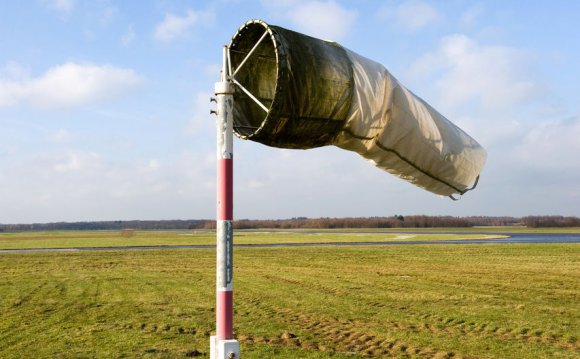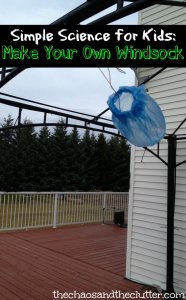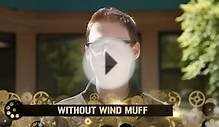
A few weeks ago, the kids were learning about wind turbines in homeschooling. This naturally led to some discussion on wind direction and wind speed, so I decided that we should make a windsock to help demonstrate both concepts.
 I was able to use items that we had around the house already which not only make this project inexpensive (free actually!), it also had the added element of making it a reuse project as well.
I was able to use items that we had around the house already which not only make this project inexpensive (free actually!), it also had the added element of making it a reuse project as well.
- one large blue recycle bag
- one empty plastic container such as a yogourt or sour cream tub
- string or yarn
- optional: ribbon or streamers to decorate
Note: you will also need scissors and either a hole punch or the tip of a sharp pencil
- Cut the rim off an empty plastic yogourt or sour cream container to create a ring (see picture below).
- Lay out a blue recycle bag and keeping one corner intact, cut it into a large triangle. You will now have a blue cone.
- Put the cone into the ring you created with the open side up, pulling almost all the way through. Wrap the edge of the bag over the ring and tape into place with .
- Snip the end off the corner on the bag (now the end of the cone) so that the wind can pass through.
- Hole punch the bag right near the ring. If you don’t have a hole punch, you can use the tip of a pencil.
- Loop a piece of string around the ring (which now has the blue bag attached) through the hole you just made and tie a double knot. Leave a long end on the string.
- Tie the long end of the string to a post or high railing outside.
Now that your windsock is assembled, you can use it to observe and record wind speed and wind direction. The wind direction will be the opposite of the direction the windsock is pointing. So if the cone is pointing north, the wind is blowing south. This is a great way to also talk about compasses and to have your kids get some practise with direction.
Wind speed can be gauged by the windsock’s angle relative to the pole it is attached to. When there is very little wind, the windsocks droops and at high wind speed, it flies horizontally.
This homemade windsock obviously won’t be as accurate as the real ones, but it will give kids the chance to observe and make record of their observations from day to day or even compare wind speed or direction at different times of the day and see if they can find any patterns. This can create many different science experiments as their interest is peaked.
My kids were surprised at how easy it was to make our DIY windsock. I was surprised that it actually worked!
YOU MIGHT ALSO LIKE









